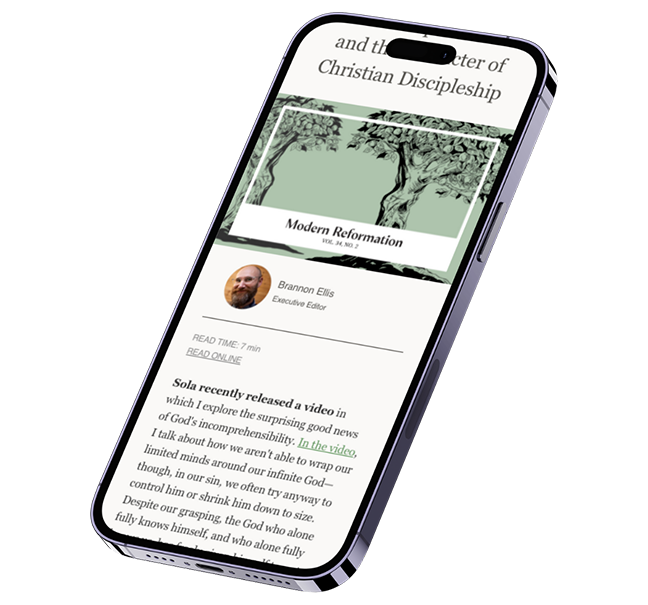"Trickle-down economics" is the idea that tax cuts benefit all parties by increasing the size of the whole economic pie, thereby increasing the size of each of the slices; that is, "A rising tide lifts all boats." In a day when serious theological reflection is no longer la mode-found more often by the crumb than the slice-perhaps we should begin thinking in terms of trickle-down theology." Perhaps what is needed is not more semiliterate attempts at "doing theology," but a stimulus package that liberates long-dormant theological capital from the red tape of dusty volumes and makes its serious study less taxing. The theological supply-sider who agrees with this prescription can rejoice at the completion of Richard A. Muller's Post-Reformation Reformed Dogmatics(PRRD), a multidecade project that promises to send out ripples for decades to come.
Muller's subject matter is the academic study of theology (Reformed Dogmatics) as it took shape in the period immediately after the Reformation (Post-Reformation). Muller has long argued that twentieth-century interpreters of the Reformation-orthodox, neo-orthodox, and liberal-have failed to learn from its first interpreters, those contemporaries and followers who sought to codify and capitalize on its insights. Indeed, this following generation of theologians has long been caricatured as "scholastic, speculative, and unbiblical," a verdict Muller's work demonstrates to be false. PRRD does not present an entire dogmatic system, but it does give one volume each to the formative topics of Prolegomena, Scripture, God, and the Trinity. In each case Muller puts the thought of Reformed Orthodox thinkers in the broad sweep of dogmatic development, beginning in the Middle Ages, passing through the Reformation, and terminating with early Enlightenment thought. Thus, the discussion of inspiration in the Scripture volume gives you a nicely contextualized overview of its development over a vast period of centuries, a pattern repeated at key topics throughout.
I realize it is unlikely that many readers of Modern Reformation will settle down with one of Muller's volumes and a cup of tea for edification on the Lord's Day, yet this shouldn't lead us to think that they won't nonetheless be edified by his labors, albeit indirectly. The first volume of this series appeared in 1987 and the second in 1992, yet these first two volumes have been revised and are found here for the first time fully indexed. Together with the bibliography appended at the end of volume four (125 pages worth!), this apparatus turns Muller's work into an accessible reference for the thoughtful elder, pastor, or seminary student. I have already used the work as a reference in preparing adult Sunday school classes, and have found that twenty or thirty minutes of browsing can solidly ground a popularly oriented lesson on key aspects of Reformed thought by establishing the outlines of its historical development. Of course, the more serious use of this resource by professional students in theology also promises to bear untold fruit, as the clear waters from the source of the Reformed tradition reach ever more readers. Waters which I hope may rise, and lift all boats.




